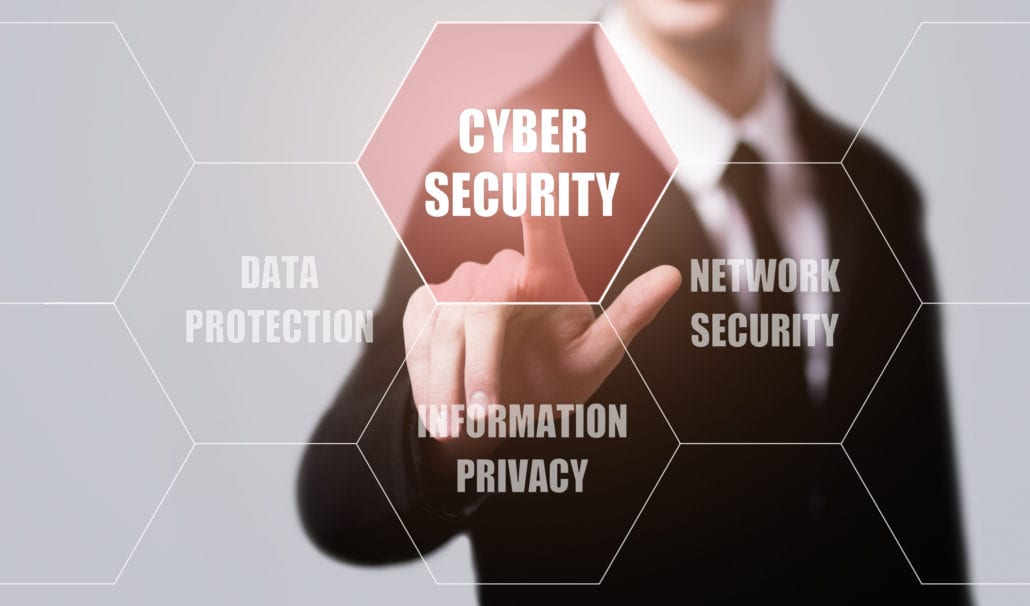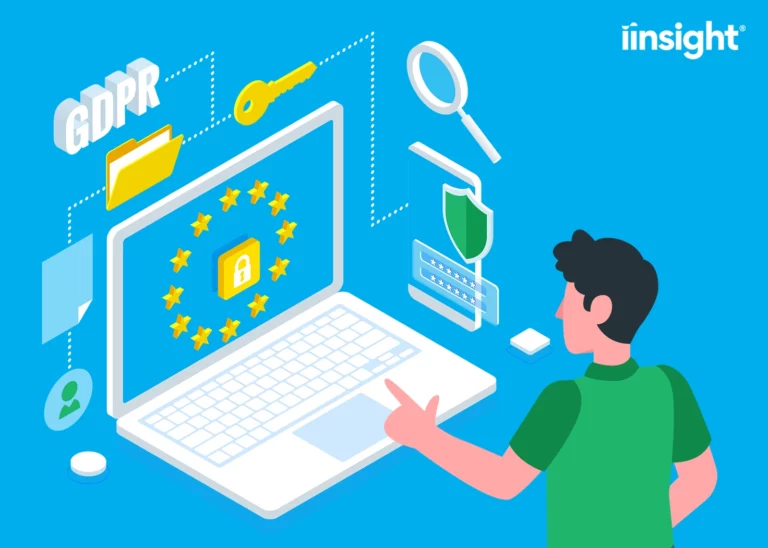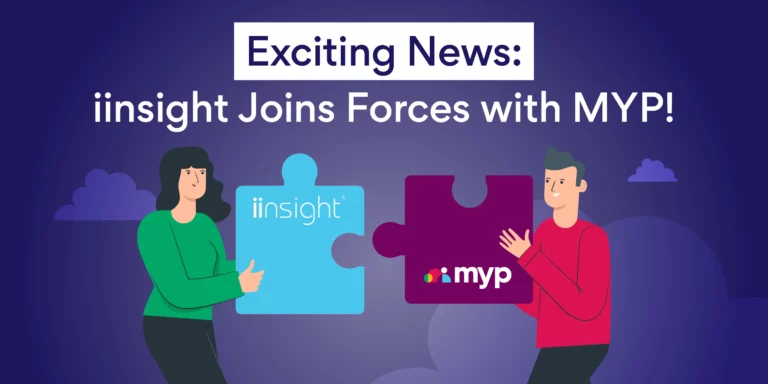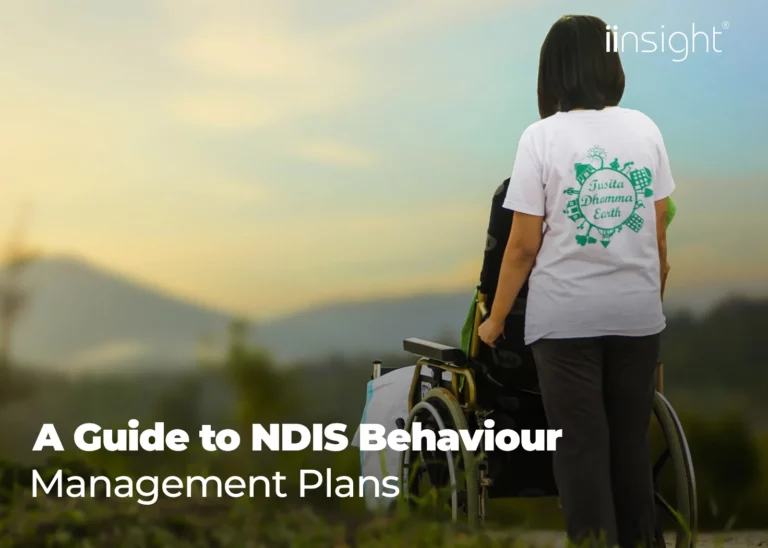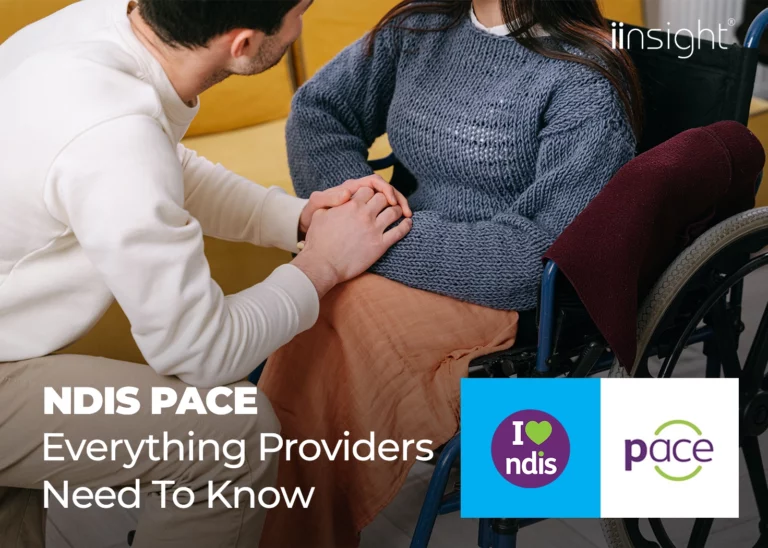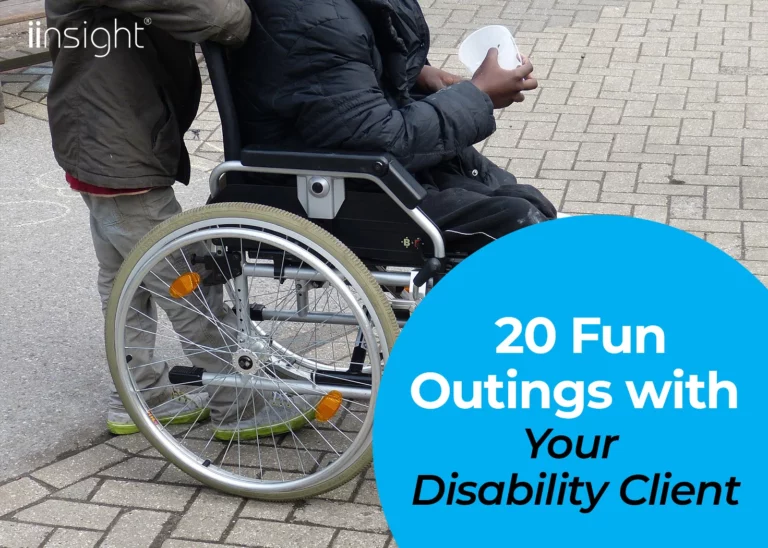It is incredibly important to protect valuable data and information in the healthcare field. Here is our guide to healthcare cybersecurity.
The state of healthcare cybersecurity has increasingly fallen behind in the age of cybercrime we now live in. For one reason or another, many companies are not equipped to face even basic cyberthreats.
With many hospitals running operating systems on important devices sometimes decades out of date, the threat of cyber attack must be understood by any company operating in the industry.
To help companies protect data (and patients), we’ve put together the following guide to help cover the basics of staying safe in our digital age.
If You’re in Healthcare, You’re a Target
The first thing any organization operating in the healthcare industry needs to know is that you’re a prime target for cyberattacks. This isn’t some far-off threat that can be ignored.
As for the reason these organizations are so alluring to hackers, it has to do with the expected difficulty versus potential reward for such hacks. Locations like hospitals are often low-risk, high-reward targets.
Stuck Behind the Times
The reality is that healthcare cybersecurity practices are in desperate need of an industry-wide update. While many are calling for the FDA to implement new regulations on the issue, for now, a given company needs to self-regulate.
One of the biggest vulnerabilities is the laundry list of insecure devices that hospitals rely upon for both doctor and patient use. Many of the most common wireless devices are easily hacked by even a mildly competent attacker.
Perhaps the most infamous are pacemakers, many of which hackers are able to manipulate at a distance to act however the hacker wants. These security vulnerabilities can often be patched out, but many patients don’t even know to do so.
The issues do not stop there. Many organizations in healthcare rely on software and operating systems years out of date. Security isn’t a priority year after year, meaning they get more and more vulnerable.
Unless an organization is actively working to ensure patient security and secure data, a hacker can almost guarantee there will be a known vulnerability to exploit if they target a company working in healthcare.
Healthcare is Big Money
The average hacker demand of a company in healthcare stood around $4.6 million in 2020. These aren’t empty demands, either; companies can and have paid ransomers to cease their attack and recover important data.
The way most of these attacks go is relatively simple. First, a hacker infiltrates a hospital network. They then encrypt as many systems as they can, rendering them unusable.
At this point, the hacker delivers their demands. If they’re not paid, they will either delete the data they’ve seized or release it to the public, leaking what may be thousands or more files on patients and employees.
Either of these scenarios is devastating to a company in healthcare. If the wrong files are encrypted, it can destroy their ability to do business and even endanger lives.
Moreover, a major leak could represent massive legal issues in a company’s future. Patient files are highly confidential and most companies have a legal responsibility to keep them protected.
This, combined with the relative wealth of many companies in the industry, means companies feel a great deal of pressure to pay ransoms and often have the resources to do so.
Staying Secure
With the above in mind, many companies then rightfully wonder about cybersecurity tips that may keep them safe. While there is no one perfect solution, there are some basics any company ought to know.
Always Back Up Data
While it won’t prevent a hacker from being able to leak data or cause delays, regular data back-ups are crucial to reducing the risk a hack poses to your organization.
At the minimum, it’s good policy to keep back-ups for seven years, but some organizations may find longer is necessary. While you may not need a copy of data forever, you don’t want to lack a copy when you need it.
The easiest way to do this is with a strong back-up and storage software solution, which is an area our company can help in. Our software automates much of this process, saving you time and resources.
Resist Unauthorized Access
Next, your company needs to make it difficult for hackers to enter your network. We recommend a multi-factor authentication (MFA) solution to help with that.
MFA is a pretty simple concept. At its core, it’s about making sure someone cannot access something without the proper authentication to do so.
How thorough this checking process is can be adjusted based on the risk of unauthorized access to a given piece of your network. The more damage unauthorized access might cause, the more thorough the requirements.
Train Your Employees
One of the single biggest risks to any network is untrained employees. Too many companies allow employees with no or only basic computer proficiency blanket access to their networks.
As a rule, if an employee is allowed access to a part of your network, they should be trained on appropriate behavior, such as avoiding downloading unnecessary programs and keeping access information private.
Employees should also only be given access to parts of the network they actually need. That way, if the employees access information leaks (or they become a threat themselves), the damage done is minimized.
Take Healthcare Cybersecurity Seriously
Proper healthcare cybersecurity procedures could very well save your company and even human lives. It sounds extreme, but cyberattacks against healthcare businesses are no joke.
If you’re interested in improving your security, we recommend you arrange a demo of our software. iinsight® not only can promise security but also convenience and usability, too. It’s a robust package with plenty to offer a healthcare business, big or small.

